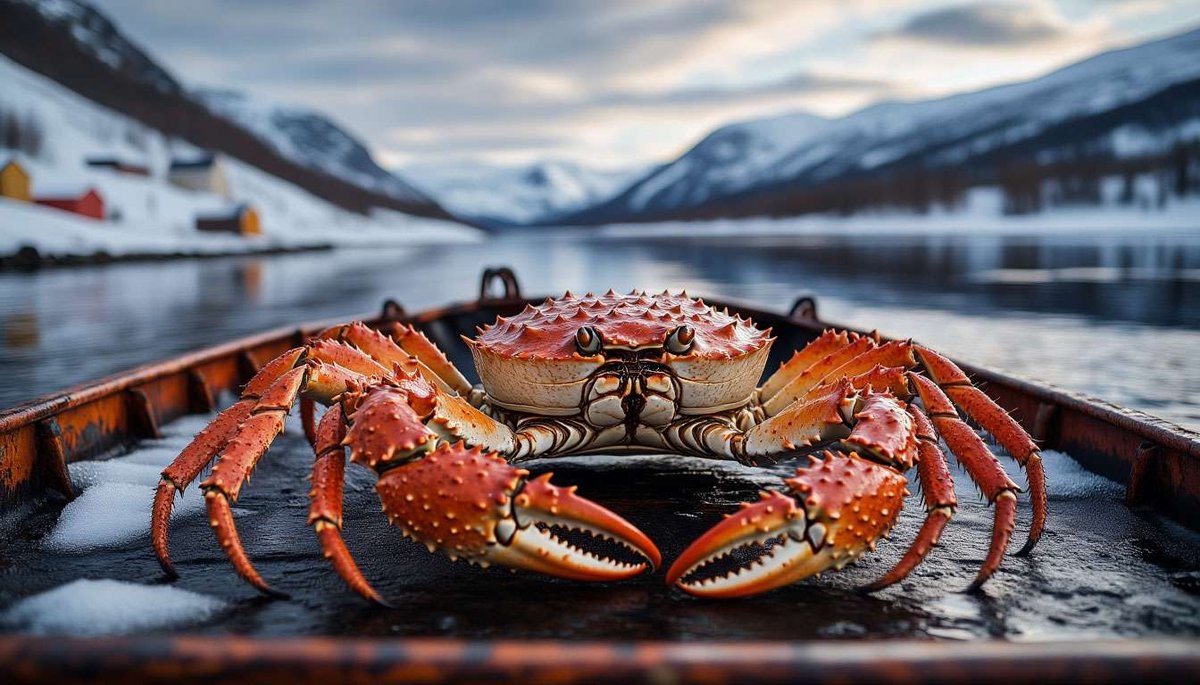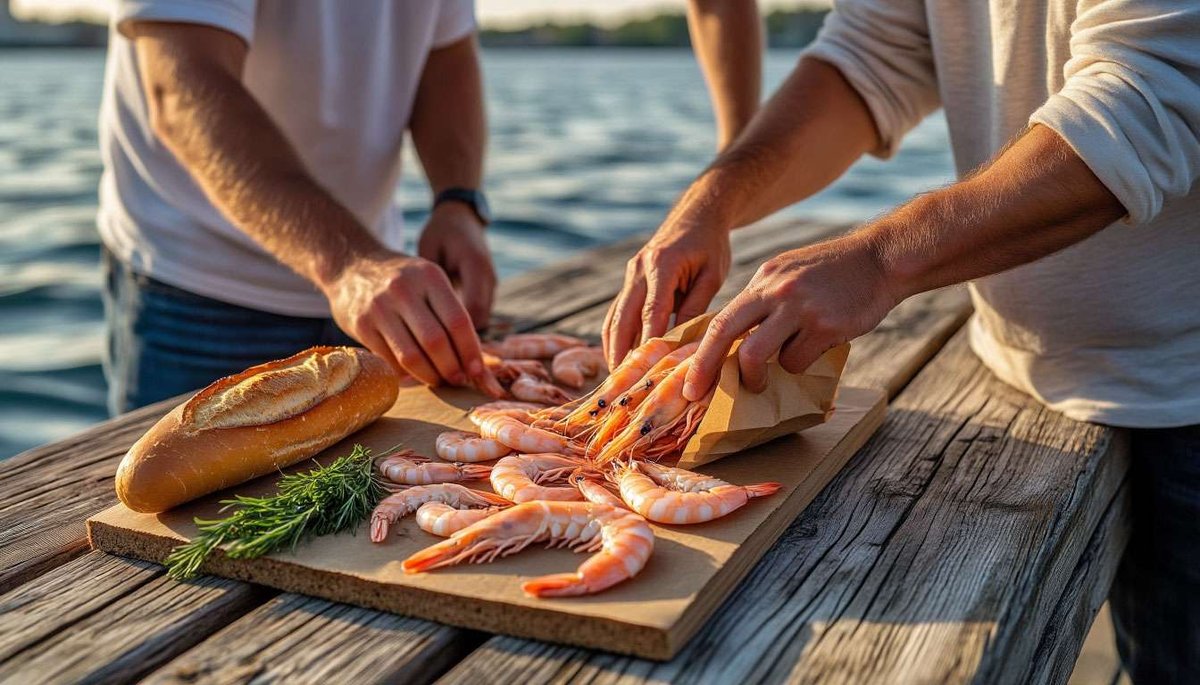Norway's marine treasures: crab safaris, fjord oysters and the cult of "pink" shrimp

Norway is a rare country where you can catch a three-kilogram Kamchatka crab in the Arctic, eat a dozen oysters right on the pier, and end the day with a sandwich topped with a mountain of sweet northern shrimp, all in one weekend. The cold, oxygen-rich waters of the Barents Sea and fjords create ideal conditions for the slow growth of shellfish and crustaceans, which means they taste exceptional. Get ready for a gastronomic tour of Norway's havets bord, or "table of the sea."
Why is Norway considered one of the best regions in Europe for seafood?
The salty, cold and clean water slows down the metabolism of marine life, making the meat dense and sweet. Constant tides provide a food source, while low temperatures inhibit bacterial growth, keeping the product fresh for longer. Add strict sanitary standards, a quota system and MSC certification, and you have the perfect storm of quality. For tourists, this means that an oyster picked from the pier in Bergen will be just as safe and delicious as a delicacy served in a Michelin-starred restaurant.
What is a crab safari and how does it work in Kirkenes?
The safari starts on ice boats from the port of Kirkenes. The guide lifts the crab pots, showing off the 'king' weighing up to 7 kg, then cleans the claws on deck, and the chef cooks them in seawater on a gas burner. Guests taste the hot crab with lemon and mayonnaise right under the northern wind, washing it down with champagne or cider. The excursion lasts 3–4 hours and costs NOK 1,400–1,800. Warm overalls are provided on board. In summer, the safari is combined with the midnight sun, and in winter with the chance to see the northern lights.
Where to try the best oysters and mussels in Norway?
In the south, around Lindesnes and Kristiansand, are the oldest oyster farms — thanks to the Gulf Stream, the salinity and temperature here are the highest. Try a "from fjord to fork" tasting at Oysters & Co: a tour of the oyster beds, a master class in opening shells and a set menu of six oysters with Hardanger cider. In the west, in Øygarden near Bergen, blue mussels are cultivated – fresh portions are served at Bekkjarvik Gjestgiveri with a cream and aquavit sauce.

What makes northern shrimp unique and how are they traditionally eaten?
Shrimps grow slowly in icy water, which makes their meat tender and slightly sweet. The peak season is June to August. The "shrimps on the pier" ritual is simple: buy a paper bag of shrimp (120–150 NOK for 0.5 kg) straight from the trawler, sit down on a bench, peel them with your hands, place them on a white baguette with butter, sprinkle with dill, and watch the seagulls beg for a share. This delicacy is best paired with a light pilsner or non-alcoholic berry fruit drink.

What dishes made from scallops and other shellfish are worth ordering?
Norwegian chefs love kamskjell, or Arctic scallops. It is popular to fry it for 30 seconds in butter and serve with cauliflower purée and brown cheese sauce. In Bergen, try Scallop Cappuccino: scallop broth whipped into a foam with a hint of smoked cream. For tapas lovers, I recommend blåskjell med blåmuggost, mussels in a blue cheese sauce from Tingvoll. In autumn, look for kråkeboller (sea urchins) – their orange "Japanese" uni is served at Oslo Fisketorg, sprinkled with Arctic horseradish.
How can tourists choose, store and cook fresh seafood?
Buy live shellfish with tightly closed shells and whole crabs that smell of the ocean, not mud. Transport them in a cool bag with ice on top to allow melt water to drain away. Oysters stay fresh for 5-7 days at +4°C, mussels for 3 days. Crab and shrimp are boiled in sea water: 10 g of salt per litre, 12 minutes after boiling per kilogram of weight. Do not overcook: they will lose their juiciness instantly. Remember: the taste of Norwegian delicacies is based on minimal heat treatment and a drop of lemon juice, not complex spices.
Crab with the taste of the icy Barents Sea, oysters imbued with the bitter freshness of the fjord, and shrimp snapping under your fingers on the night pier – all this creates a portrait of Norway no worse than its famous fjords and glaciers. Choose a season, book a crab safari, spend an evening tasting oysters, and don't forget the simplest shrimp sandwich — it will tell you more about the country than any tour. Norwegian seafood tastes of clean water and free wind, which stays in your memory longer than the brightest souvenir.





2 comments
Log in to leave a comment